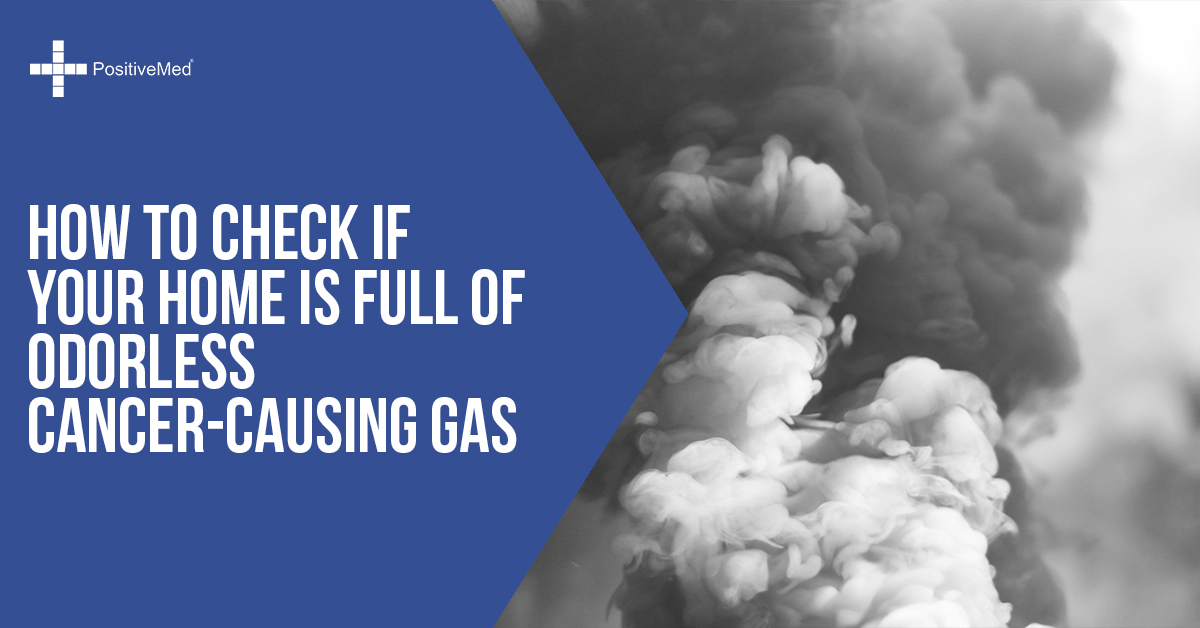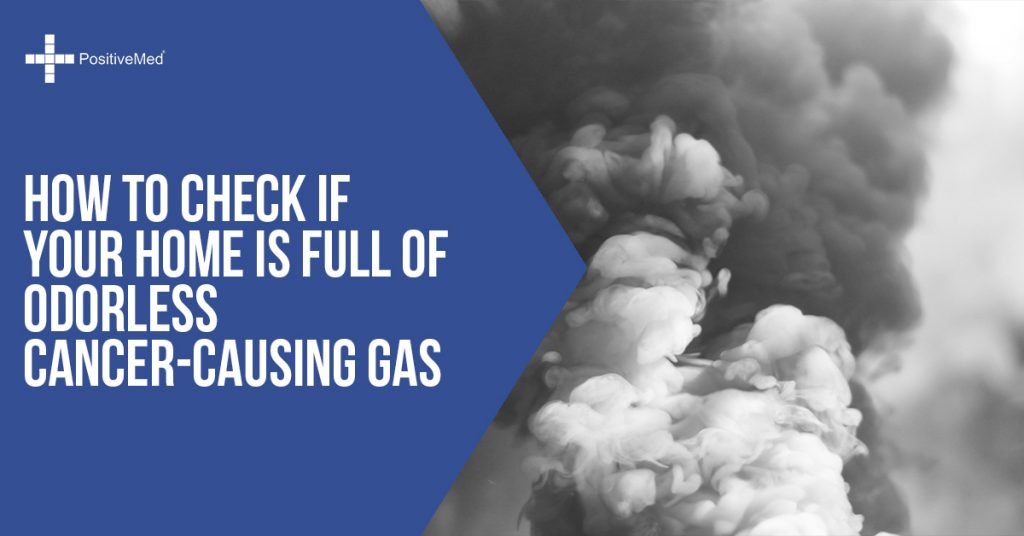 At least 10 million people are diagnosed with cancer every year. According to a study conducted by the University of Texas, the environment and lifestyle cause 90–95% of cancer cases. Genetics results in the development of only 5–10% of cancer cases.
At least 10 million people are diagnosed with cancer every year. According to a study conducted by the University of Texas, the environment and lifestyle cause 90–95% of cancer cases. Genetics results in the development of only 5–10% of cancer cases.
As such, limiting your exposure to cancer-causing agents might significantly contribute to the prevention of cancer. Although you could maintain a healthy lifestyle that includes regular exercise and balanced diets, exposure to cancer-causing agents is still possible.
Cancer-Causing Gas Radon Gas
With a presence in almost every home albeit in varying levels, radon gas is one of the agents that cause cancer. Radon is a radioactive cancer-causing gas naturally produced by the breakdown of uranium present in the ground.
Radon gas can enter homes in several different ways including through dirt floors, gaps around service pipes, cracks in foundations, and floor drains. Because radon is both invisible and odorless, the undetectable nature typically enables buildup in confined spaces such as the home. Such an accumulation often rises to dangerous levels.
Although radon is present throughout the year, it is especially prevalent during winter and fall. Reduced home ventilation during these times of the year results in this increased prevalence of radon gas. Even at low levels, the accumulation of radon gas in poorly ventilated or sealed areas poses a serious health hazard.
How is radon harmful?
The radioactive particles created by cancer-causing gas as it breaks down in the air release bursts of energy. You can, therefore, inhale these particles by breathing the indoor air in your home. Unfortunately, these particles can keep breaking down inside your lungs, continuing to release energy. The absorption of this energy damages lung cells.
The damage of more lung cells due to an extended period of exposure might cause cancer, especially once the damaged cells reproduce. Unfortunately, radon gas is a common cause of lung cancer, second only to smoking. For a smoker, exposure to radon gas triples the likelihood of developing lung cancer.
Testing for radon gas
RELATED ARTICLE: Prevent Any Cancer by Removing THIS 1 Thing From Your Diet!
[/nextpage] [nextpage title=”…”]
Fortunately, using a radon testing kit to test the levels of radon gas in your home is quite easy. These kits are available for purchase both online and in hardware stores, usually costing $30-$100. For a practical test, leave the testing equipment in a well lived-in area, preferably a lower room, for at least three months. Performing the test during winter provides the most representative reading.
You must, however, send this testing kit to a laboratory for the collection and interpretation of the data. Once the process is complete, the lab sends back the results. Although it is considerably more expensive, you can also engage a certified technician to measure the levels of radon gas in your home.
If the test indicates high levels of radon gas
The measure of radon gas is in becquerels per cubic meter (Bq/m³). When it comes to radon gas, the government recommended a maximum of 200 becquerels per cubic meter. As such, you must take the necessary reduction steps if the results show a radon gas level over 200 Bq/m³. The more the level of radon gas is over the recommended limit, the more pressing the necessity to reduce.
When it comes to reducing cancer-causing radon gas levels, a sub-slab depressurization is one of the most popular solutions. However, it might be better to seek certified radon mitigation professional for advice regarding the most suitable solution. A sub-slab depressurization involves building a pipe underneath your house and connecting it to an outside fan. The setup draws radon gas from under the house, disposing of it before it enters your home. The use of a sub-slab depressurization is considered quite useful since you can reduce levels of radon gas by up to 90 percent. Although less efficient, sealing radon gas entry points and increasing ventilation in the home are also solutions.
Conclusion
Considering the potential health issues, buying a radon gas testing kit and checking the levels might be worth the effort. Testing is also important regardless of whether or not the levels of radon gas in your area are typically low.






